Hi all,
most of my stuff is sitting in boxes (not much fun really ) , so I intend to make some mannequins - over the next couple of weeks - and post them on the forum and on my website. I mainly collect German WW1 items, but you will also see some French/Russian WW1 uniforms, East German DDR uniforms, and a few others. I hope you will like it
) , so I intend to make some mannequins - over the next couple of weeks - and post them on the forum and on my website. I mainly collect German WW1 items, but you will also see some French/Russian WW1 uniforms, East German DDR uniforms, and a few others. I hope you will like it
kind regards
JS1
____________________________________________
most of my stuff is sitting in boxes (not much fun really
 ) , so I intend to make some mannequins - over the next couple of weeks - and post them on the forum and on my website. I mainly collect German WW1 items, but you will also see some French/Russian WW1 uniforms, East German DDR uniforms, and a few others. I hope you will like it
) , so I intend to make some mannequins - over the next couple of weeks - and post them on the forum and on my website. I mainly collect German WW1 items, but you will also see some French/Russian WW1 uniforms, East German DDR uniforms, and a few others. I hope you will like itkind regards
JS1
____________________________________________

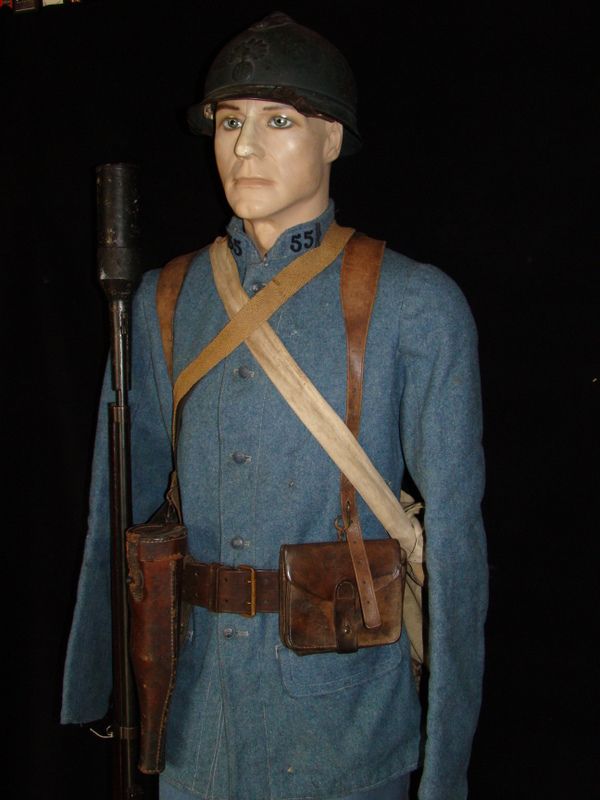
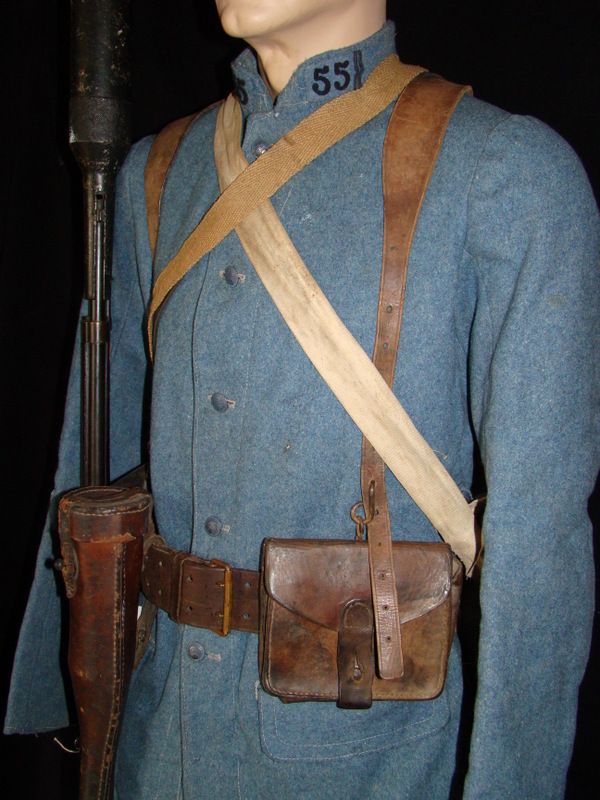
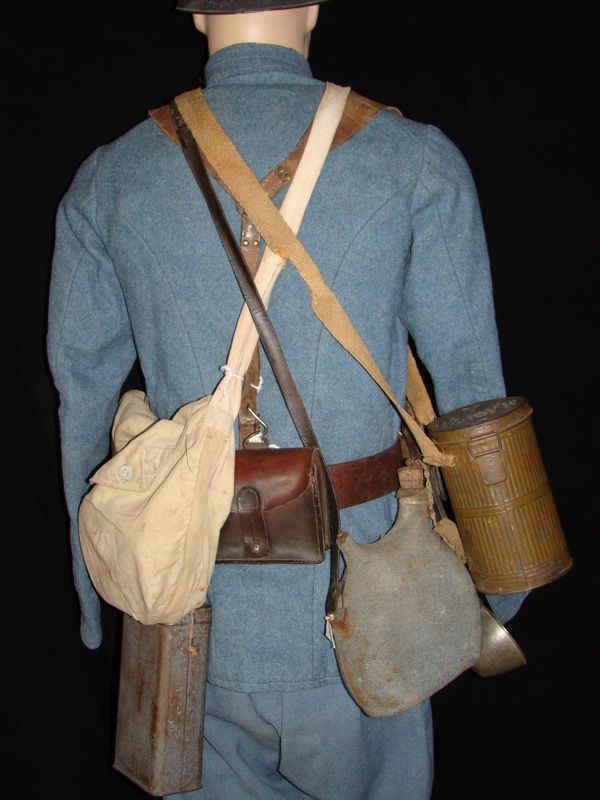
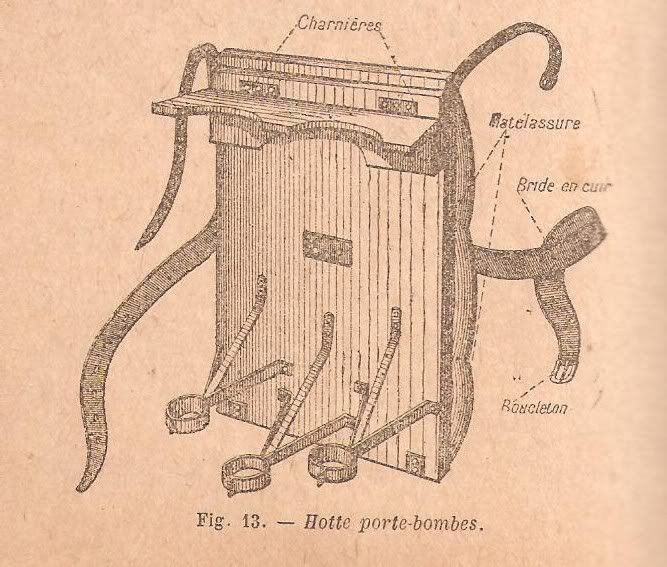
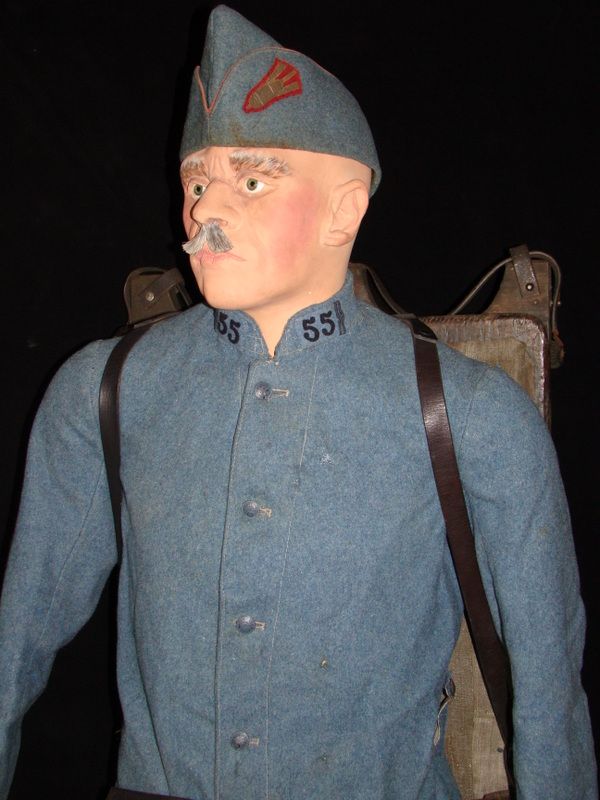


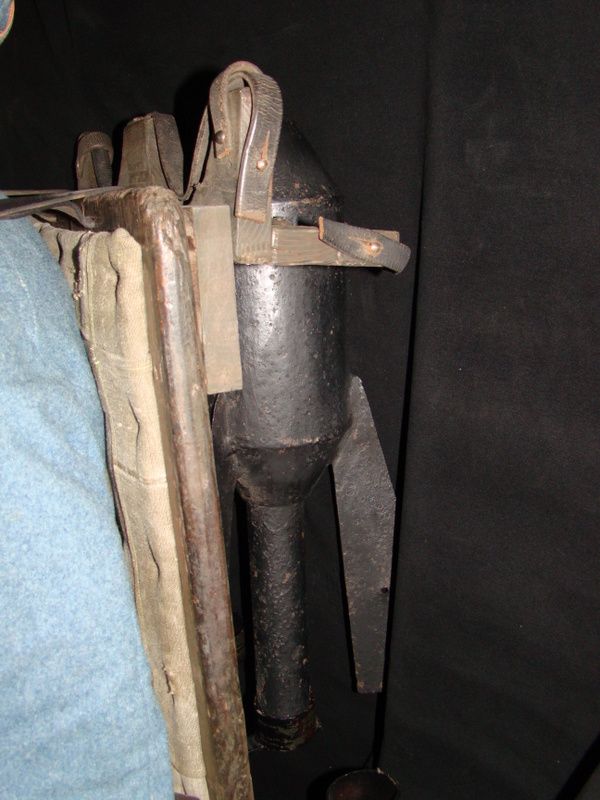
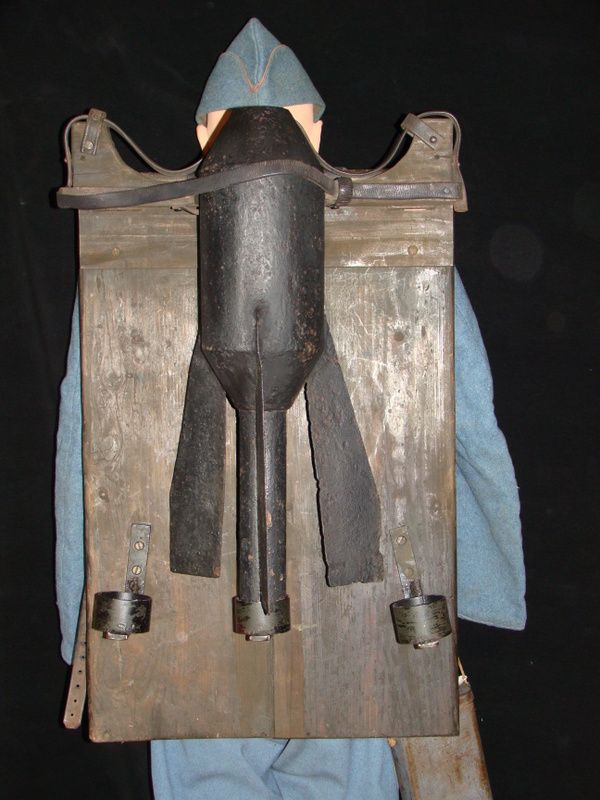
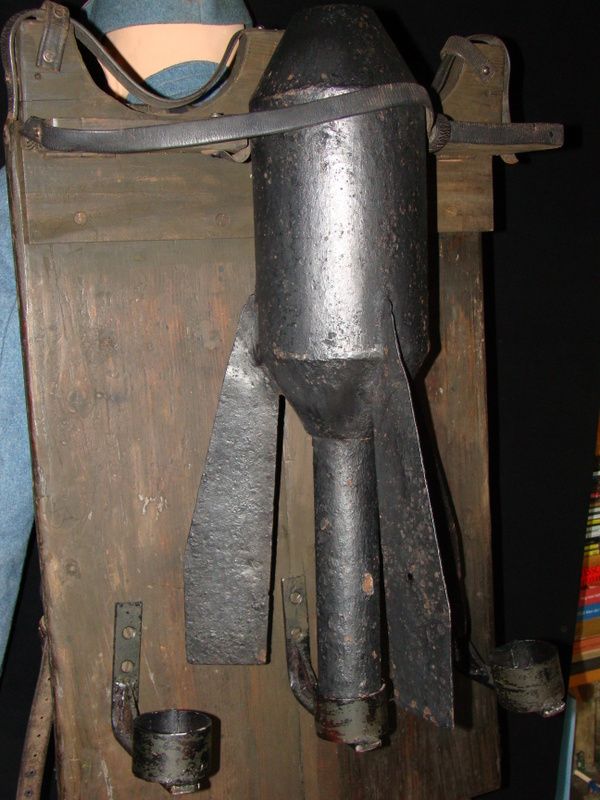
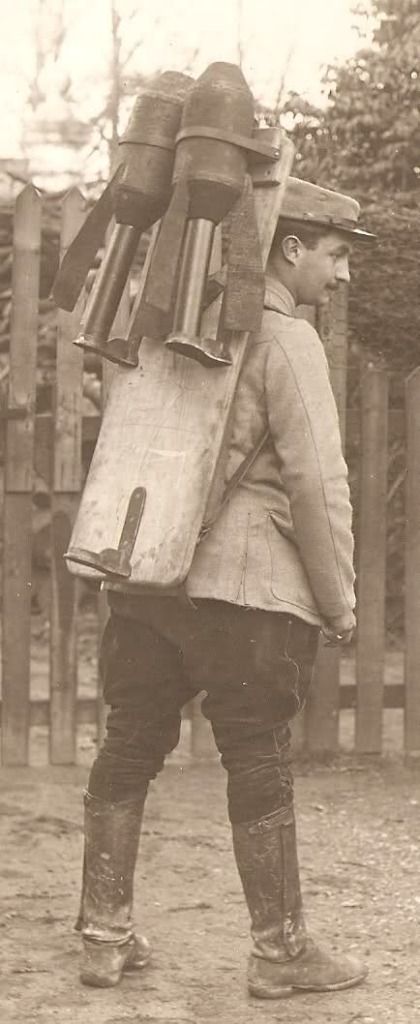
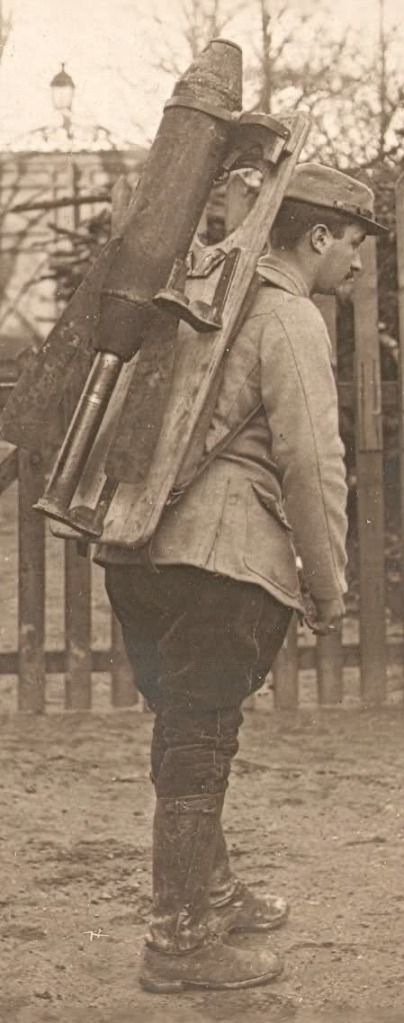
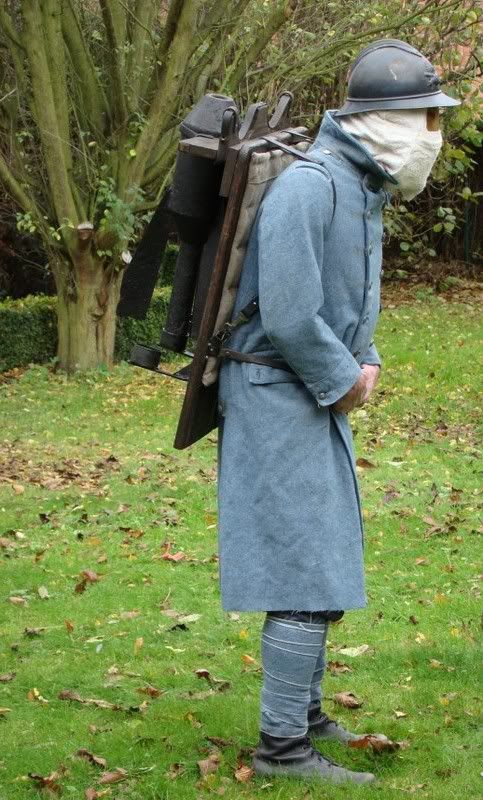
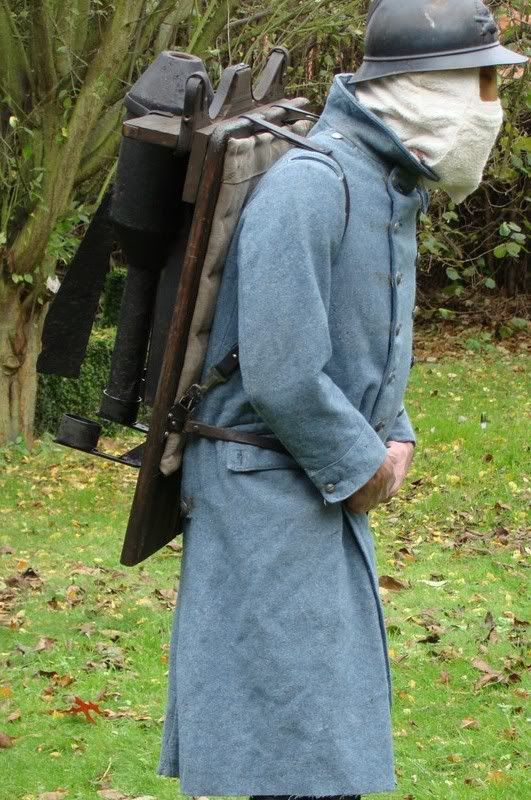
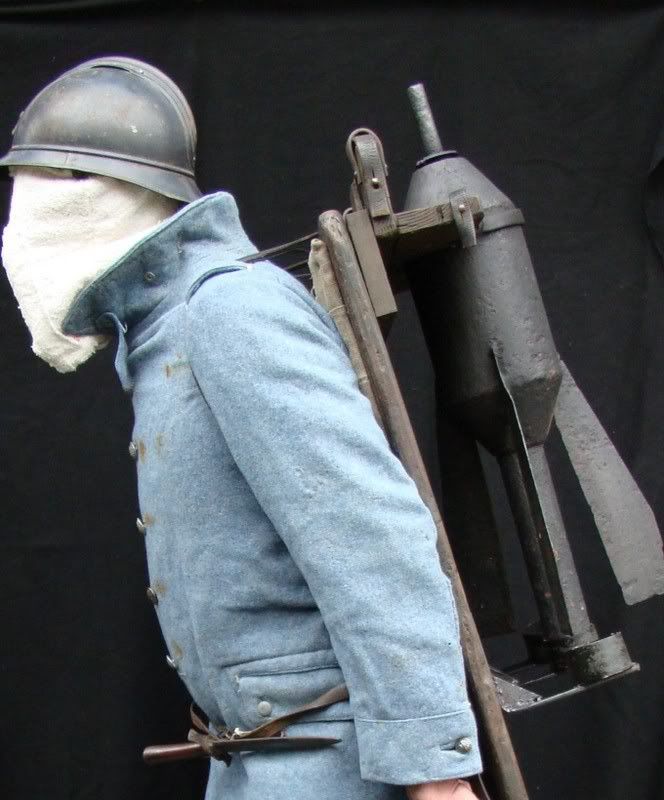
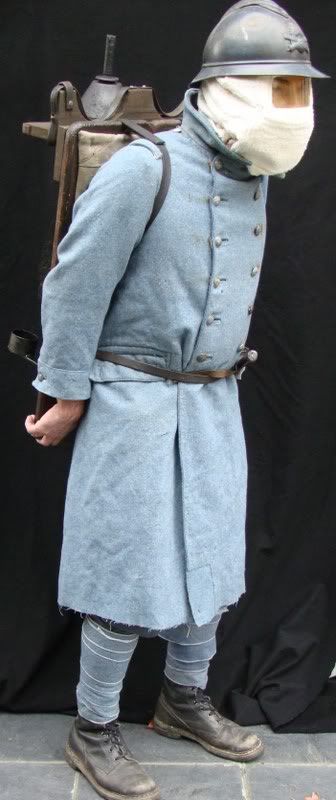

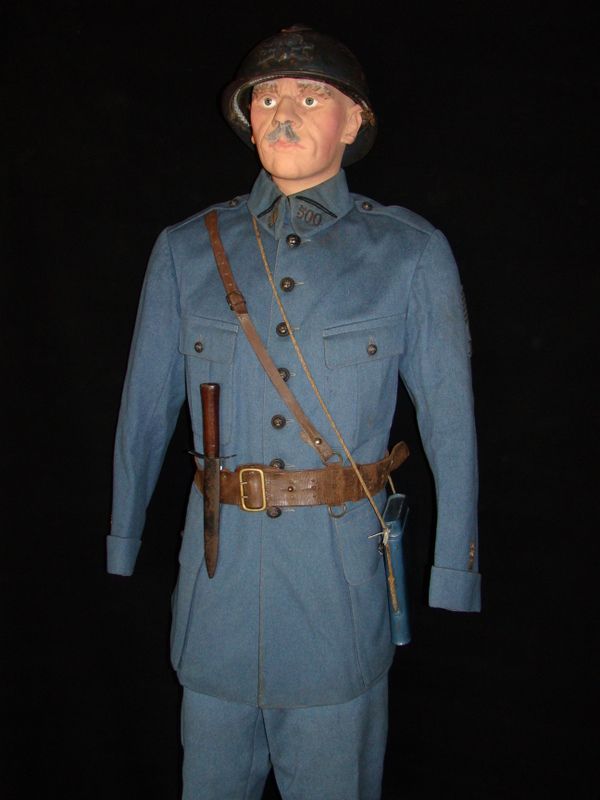
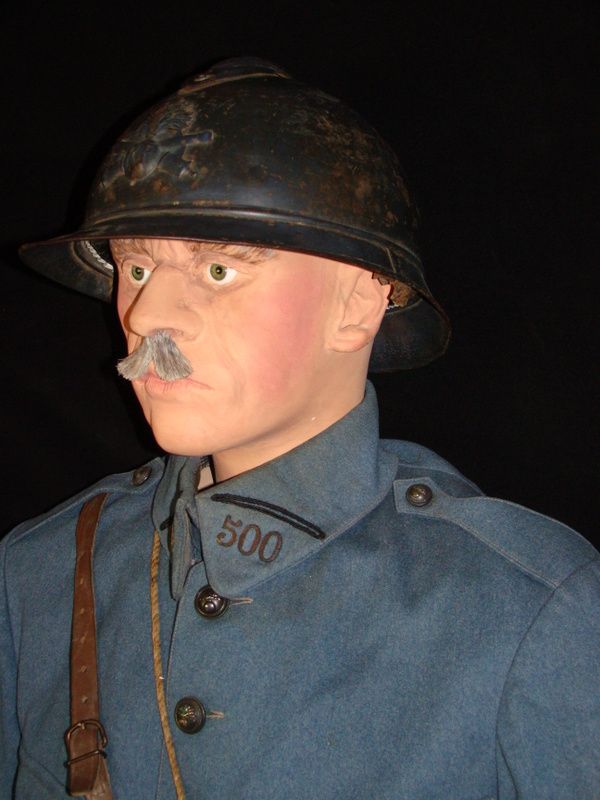
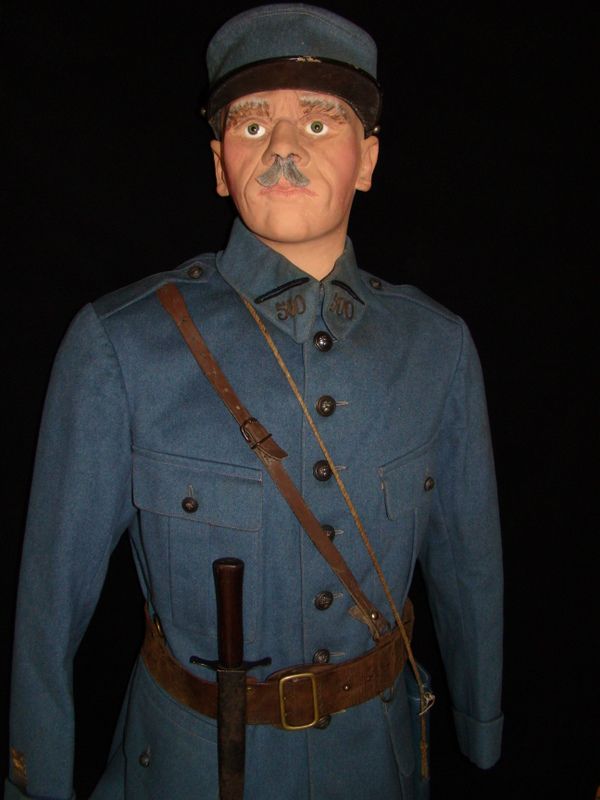

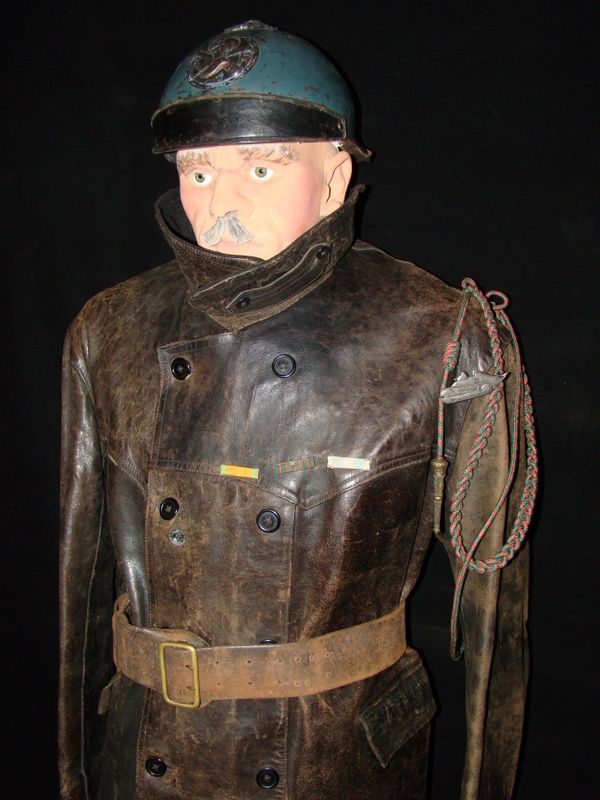
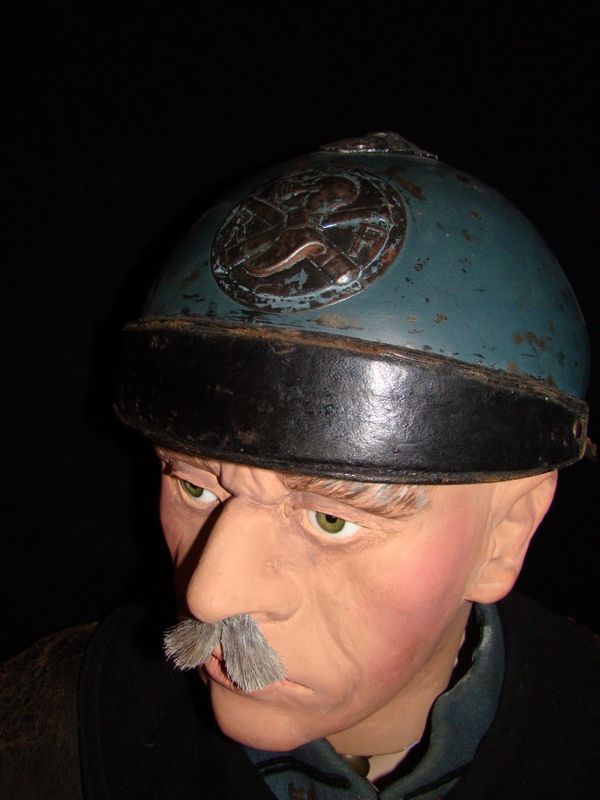
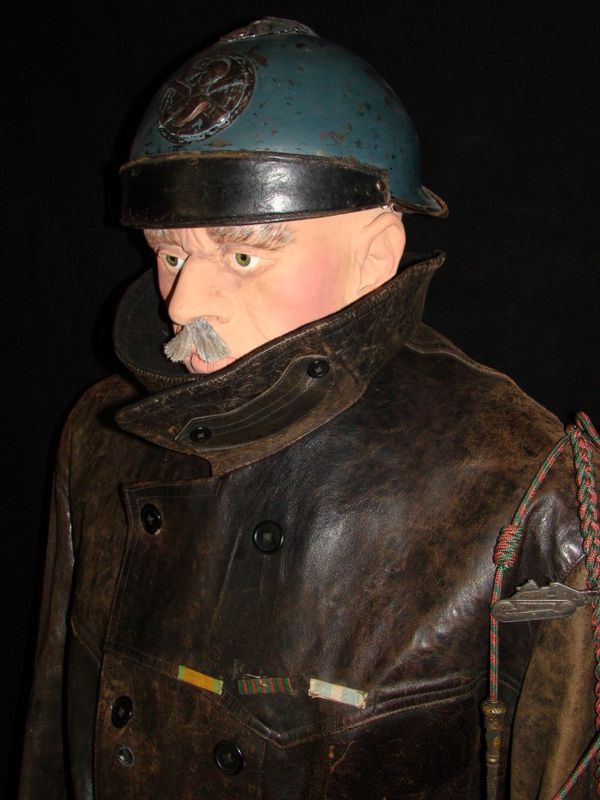
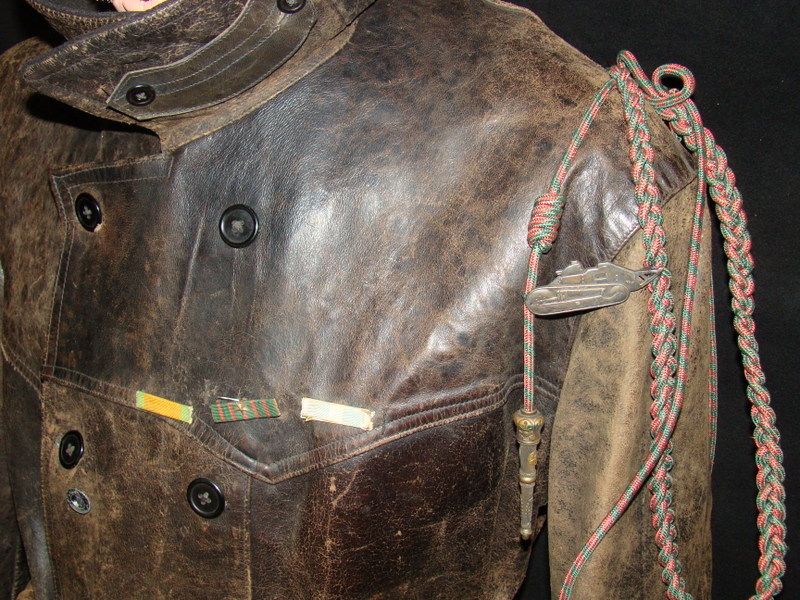

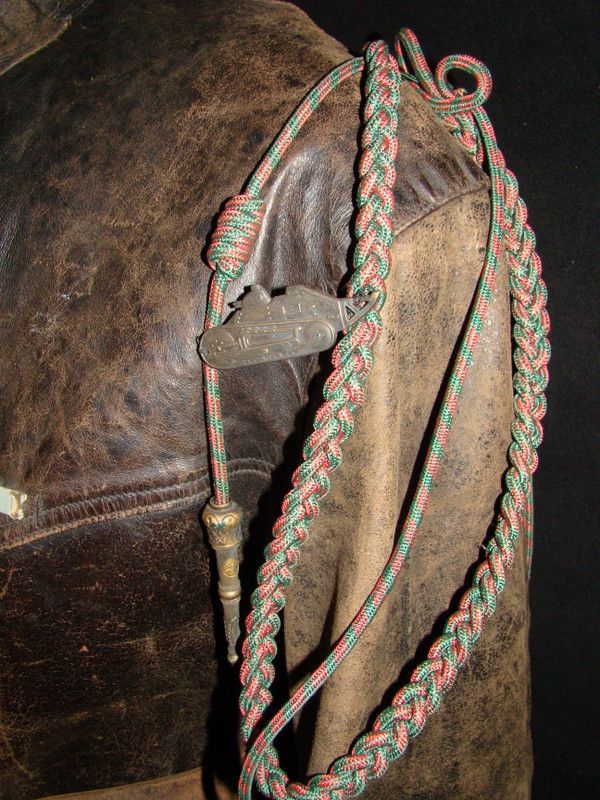
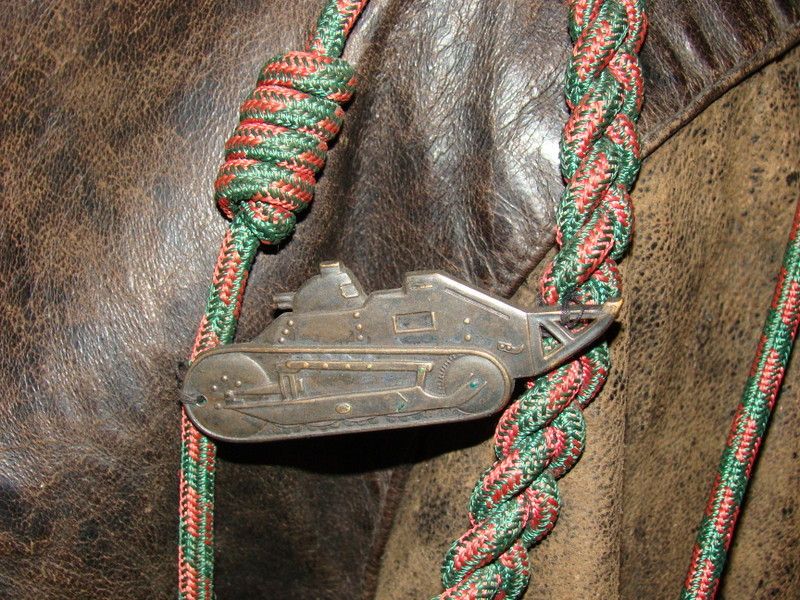
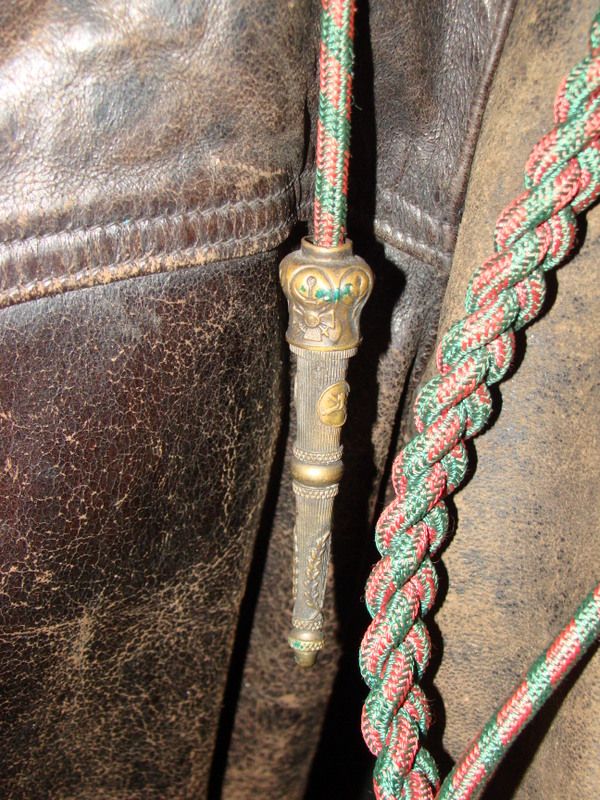



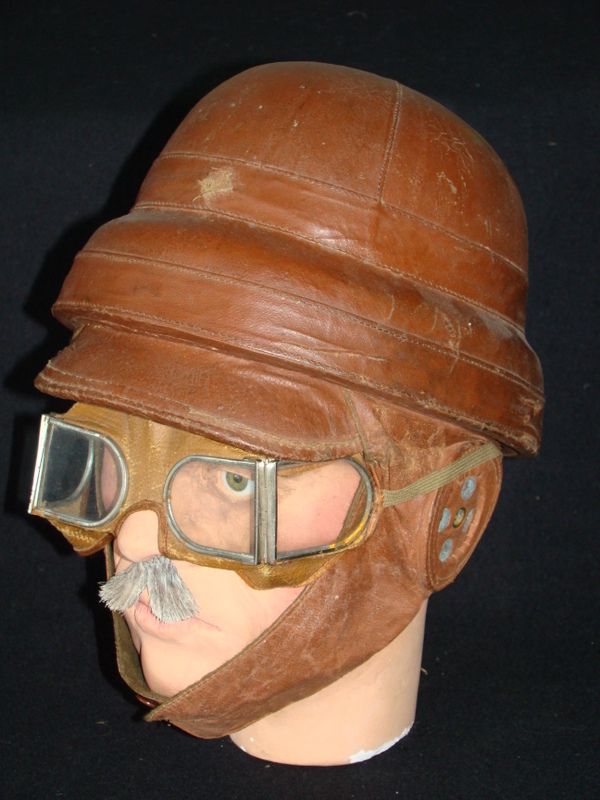

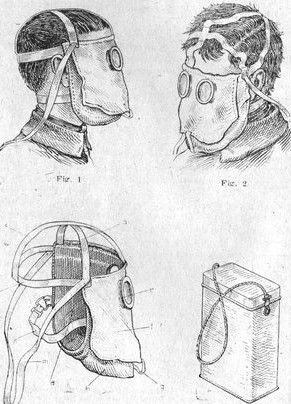

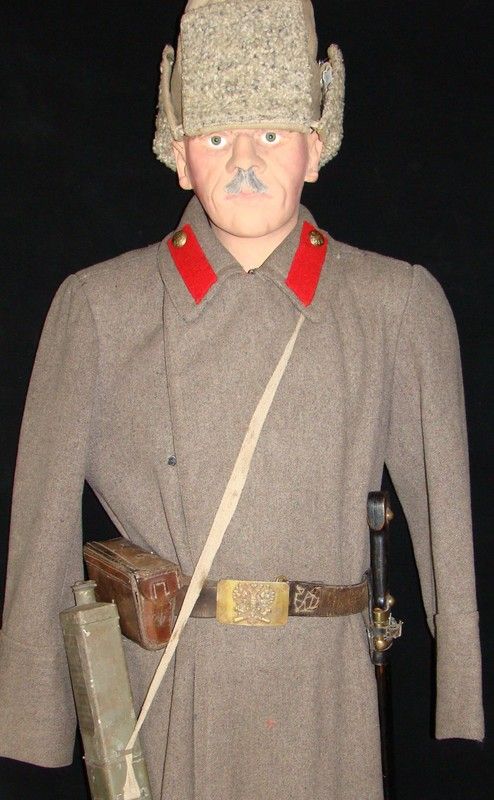
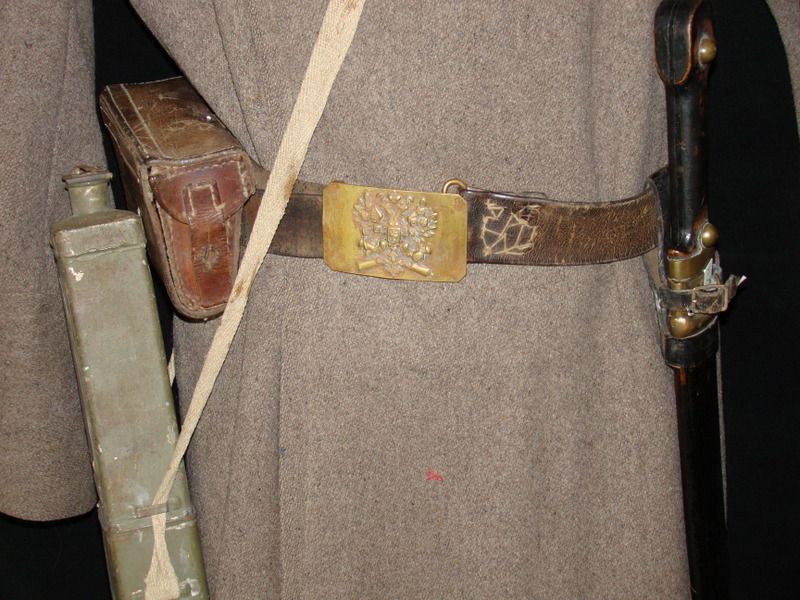
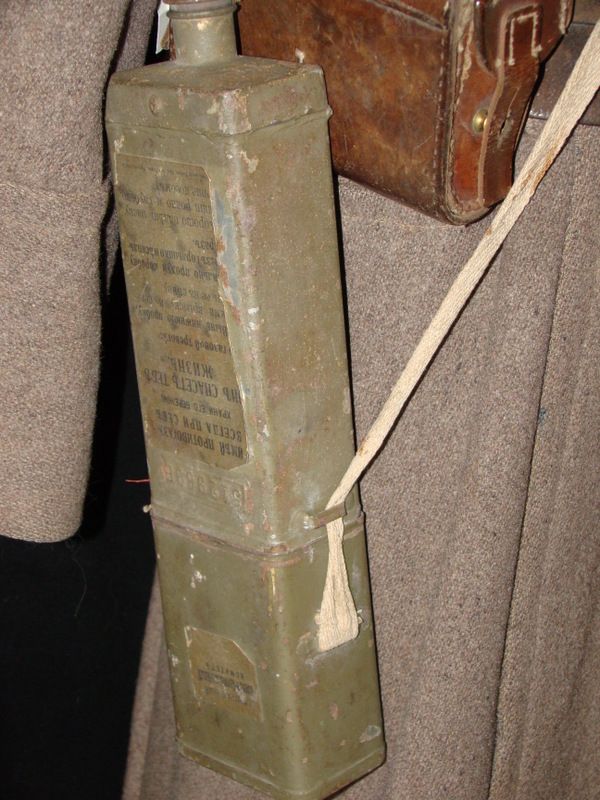
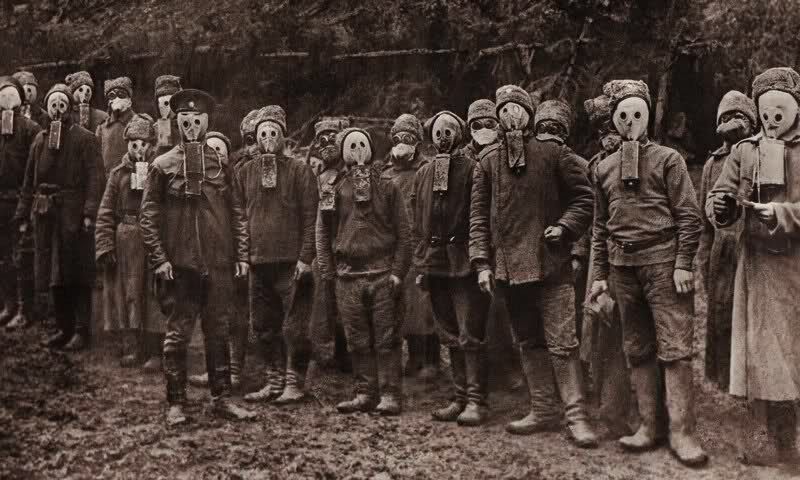
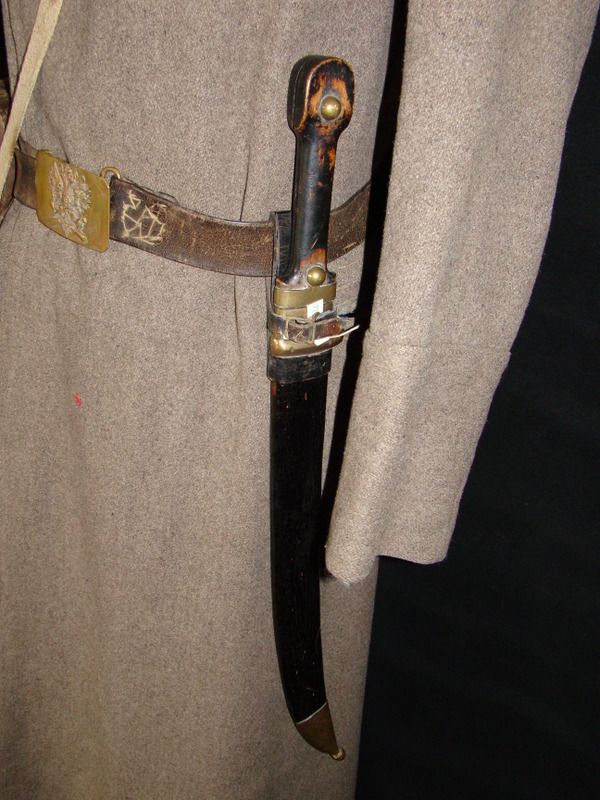

Comment